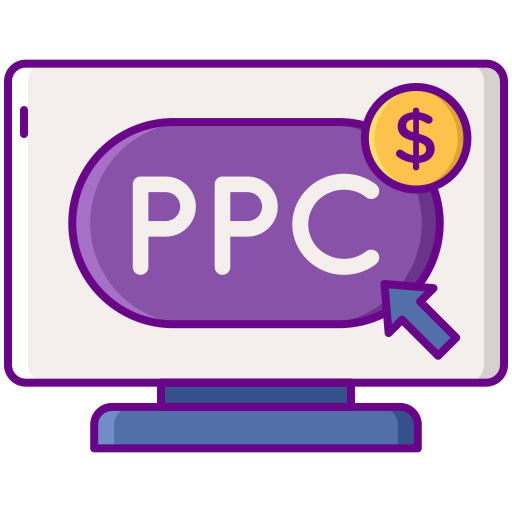
In the previous posts, we’ve covered a comprehensive range of digital marketing strategies aimed at helping Cary businesses boost their online presence. Now that you’re equipped with the tools and techniques, it’s time to focus on tracking and measuring the success of your efforts. Without proper measurement, it’s impossible to know whether your strategies are truly driving the results you expect.
Key Steps Covered Throughout the Series
Throughout this series, we’ve walked through several essential elements of digital marketing:
- Local SEO – Optimizing your website for Cary-specific search results.
- PPC Advertising – Targeting Cary’s market with paid ads to drive immediate traffic.
- Social Media Marketing – Engaging with local audiences on Facebook, Instagram, and LinkedIn.
- Content Marketing – Creating valuable content that educates and converts.
- Website Design – Enhancing user experience and SEO with optimized web design.
- Search Engine Marketing (SEM) – Combining SEO and PPC to enhance visibility.
Each strategy works together to increase your business’s visibility and help you achieve your marketing goals. However, the real magic happens when you track and measure your digital marketing efforts to ensure that everything is aligned with your business objectives.
Tracking Your Digital Marketing Success
When it comes to tracking the success of your digital marketing campaigns, there are several key metrics and tools you should use. These tools help you understand which strategies are working and which need adjustments.
1. Google Analytics
Google Analytics is an essential tool for tracking website traffic and understanding how visitors interact with your site. With Google Analytics, you can track metrics like:
- Sessions – The number of times your website is visited.
- Bounce Rate – The percentage of visitors who leave your site after viewing only one page.
- Average Session Duration – How long visitors stay on your site.
- Traffic Sources – Where visitors are coming from (organic search, direct, social media, etc.).
By monitoring these key metrics, you can evaluate the effectiveness of your digital marketing efforts and determine which channels are driving the most traffic and conversions.
2. Conversion Tracking
It’s essential to track conversions to measure the success of your campaigns. A conversion could be any key action you want a visitor to take on your site, such as:
- Purchases
- Form submissions
- Newsletter sign-ups
- Downloads
You can set up conversion tracking within Google Analytics or use specific tools like Google Tag Manager or Facebook Pixel to track conversions across different platforms. This data helps you understand the ROI of your marketing campaigns.
3. Social Media Analytics
For businesses using social media platforms like Facebook, Instagram, and LinkedIn, each platform has its own built-in analytics. These tools provide insights into:
- Engagement rates – Likes, shares, and comments.
- Impressions and Reach – How many people see your posts and how often.
- Click-through rate (CTR) – How often people click on links you share.
By keeping an eye on these metrics, you can optimize your social media campaigns and adjust your content strategy to better engage with your local Cary audience.
4. SEO Performance Tools
For businesses focusing on SEO, tracking keyword rankings, organic traffic, and backlink quality is essential. Tools like SEMrush, Ahrefs, and Moz allow you to:
- Monitor your keyword rankings.
- Identify SEO opportunities and issues.
- Track backlinks and domain authority.
This data provides an in-depth understanding of how well your website is performing in search engine results and where you can make improvements to climb higher.
Best Practices for Ongoing Optimization
Digital marketing isn’t a set-it-and-forget-it approach. To ensure your campaigns continue to drive results, it’s important to consistently optimize and adjust your strategies. Here are some best practices for ongoing optimization:
- Regularly Analyze Your Data
Check your analytics on a weekly or monthly basis to track performance. This will help you spot trends and identify areas for improvement. - Test and Experiment
A/B testing is crucial for figuring out what works best for your business. Test different ad copy, landing pages, or social media posts to see which versions lead to higher conversions. - Stay Up-to-Date with Trends
The digital marketing landscape is constantly evolving. Stay on top of new technologies, changes in algorithms, and shifts in consumer behavior. Regularly adjusting your strategies will keep you ahead of the competition. - Focus on Long-Term Growth
While it’s important to track short-term results, focus on building sustainable growth. This means fostering relationships with your audience through valuable content, strong customer service, and continuous improvements to your site and campaigns.
Measuring ROI: How to Ensure Long-Term Success
To ensure your efforts are worth the investment, you must measure your return on investment (ROI). By calculating ROI, you can understand how much revenue your campaigns generate relative to the cost.
You can calculate ROI for digital marketing using this simple formula:
ROI = (Revenue from Marketing Campaign – Cost of Campaign) / Cost of Campaign × 100
This will give you a clear picture of how effective your campaigns are in terms of financial success. By regularly calculating ROI, you can make informed decisions about where to allocate your resources and adjust your marketing strategies to maximize profits.
“Make sure your SEO audit is in place before you start tracking your results. Learn more in our previous post on SEO audits.”Ready to take your Cary business to the next level with expert Digital Marketing Services? Visit our Service page today to learn how we can help you succeed.”















